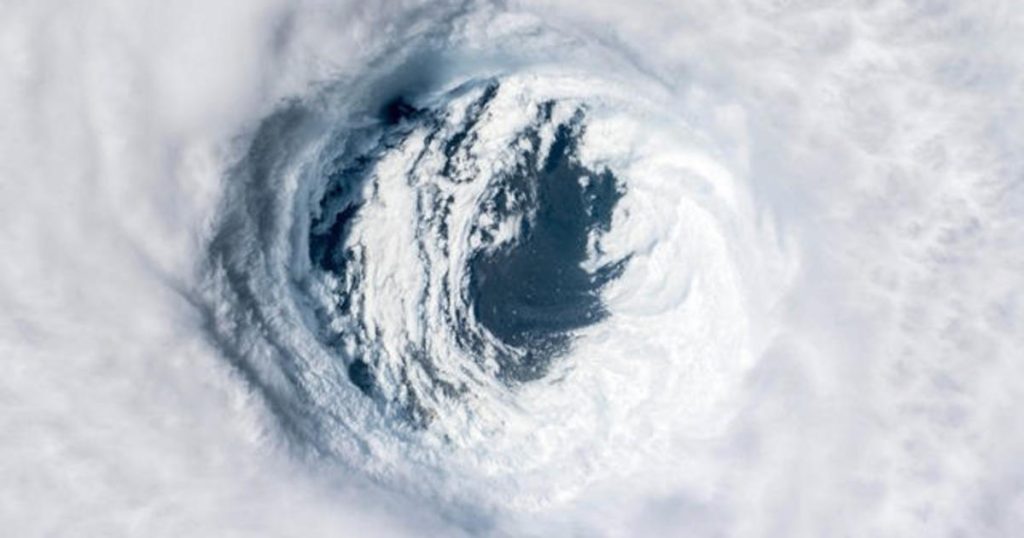The National Oceanic and Atmospheric Administration (NOAA) has released its 2024 forecast for the Atlantic hurricane season, predicting an above-average season with 17 to 25 named storms, 8 to 13 hurricanes, and 4 to 7 major hurricanes. This forecast reflects the highest numbers ever issued by NOAA in a May outlook. Factors contributing to the expected active season include warm ocean temperatures in the Atlantic, the development of La Niña conditions, reduced trade winds, and less wind shear, all of which favor tropical storm formation. The upcoming hurricane season is expected to be particularly active due to these conditions, with most activity occurring between mid-August and mid-October.
One of the key factors contributing to the forecasted active hurricane season is the development of La Niña patterns in the Pacific Ocean, which tend to lessen wind shear in the tropics, allowing for more storm development. Additionally, the warm ocean temperatures in the tropical Atlantic and Caribbean Sea provide more energy for storm development. This hurricane season also features the potential for an above-normal west African monsoon, which can seed some of the strongest Atlantic storms. Climate change has also played a role in warming the global oceans and increasing the risk of storm surge.
In preparation for the 2024 hurricane season, NOAA has announced several improvements to its forecast communications and storm recovery efforts. These include new tools and forecast models aimed at improving hurricane analysis and forecasting. In addition, observational gliders, drifters, and drones will be deployed to provide real-time data on ocean and atmospheric conditions to better predict and track storms. This season will also see the implementation of the Coordinated Hurricane Atmosphere-Ocean Sampling (CHAOS) research experiment to improve understanding of air-sea interactions.
Researchers from various institutions, including Colorado State University, have also predicted an active 2024 hurricane season, with a higher probability of major hurricanes making landfall along the continental U.S. coastline. Rising air and ocean temperatures globally are expected to set the stage for an explosive hurricane season. The 2023 Atlantic hurricane season ended as the fourth busiest on record, with 20 named storms, seven hurricanes, and three major hurricanes. Preparation and awareness of potential risks are key for residents in hurricane-prone areas to minimize damage and ensure safety during the upcoming season.


